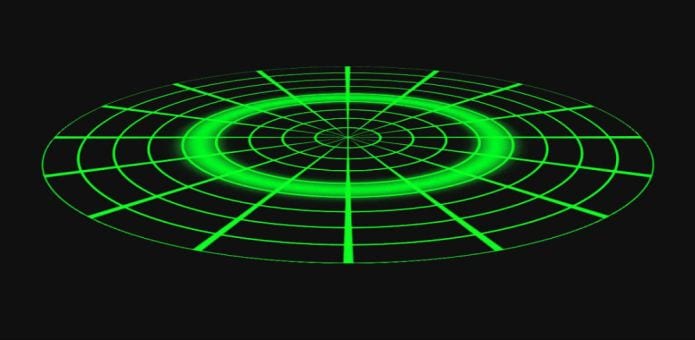After Quantum Satellite, China successfully develops its own stealth spotting quantum radar system
After introducing the world’s first hack-free satellite, China has successfully tested its first next-generation quantum radar with an ability to detect objects, including stealth aircraft, within a range of 100 kilometres, according to Chinese state-run Xinhua news agency. The radar is reportedly capable to detecting enemy targets up to 60 miles away and it was successfully tested last month.
This landmark technology was developed by the Intelligent Perception Technology Laboratory of the 14th Institute of China Electronics Technology Group Corporation (CETC). The CETC is a collaboration between researchers, industries and the former Chinese ministry of Information Industry.
In the target detection experiment, conducted in a real atmospheric environment, the detection ability of the system was proven to be over 100 kilometres.
The device employs single photon detection technology. It is believed that the radar uses quantum entanglement photons, which means it has enhanced detection capabilities than conventional radar systems. The theoretical basis of the quantum radar is that an object will change its quantum properties after receiving photonic signals. The new technology will enable the radar to even identify modern aircraft using stealth technology that can escape the radar, or baffle the enemy radar system.
Since quantum radar requires lower energy and can be used to non-invasively probe for objects with low reflectivity, such as cancer cells, the technology may also find use in biomedicine.
Recently, China launched the world’s first quantum communications satellite, which uses quantum entanglement for cryptography. Now, the new radar system will strengthen defence of China.
Claims of the new radar technology come after China announced it is considering building a manned radar station on the moon. The facility could include living quarters for astronauts and a powerful radar antenna, stretching at least 164 feet (50 metres) high.
A group of scientists received kick-start funding of 16 million yuan (£1.8 million/$2.4 million) from the National Natural Science Foundation of China for the government project that was launched earlier this year.
Professor Zhou Yiguo, a radar technology researcher at the Chinese Academy of Sciences’ Institute of Electronics, said “Distance between the moon and Earth would cause enormous technological challenges but scientists are ready to face them and solve them for the mission.”
